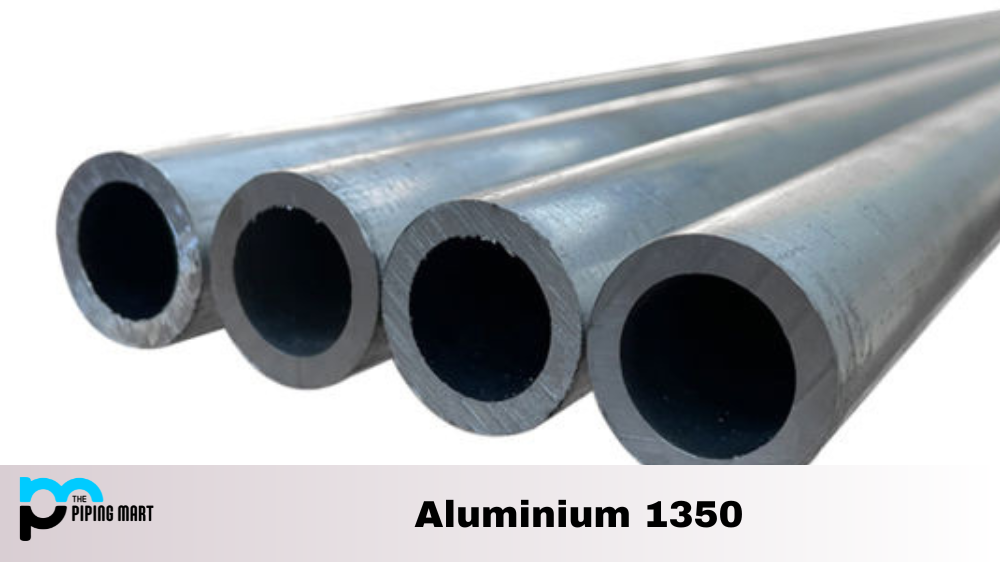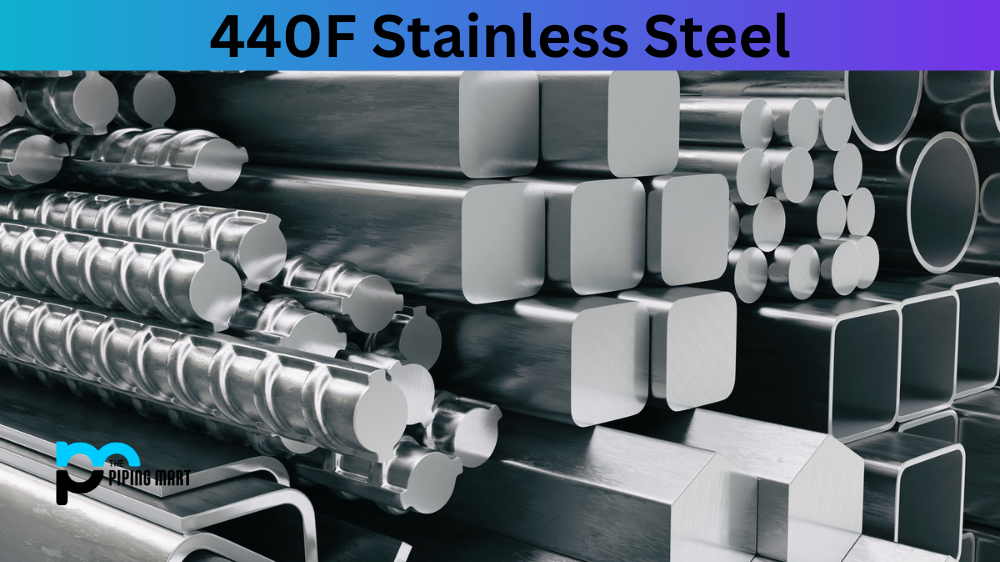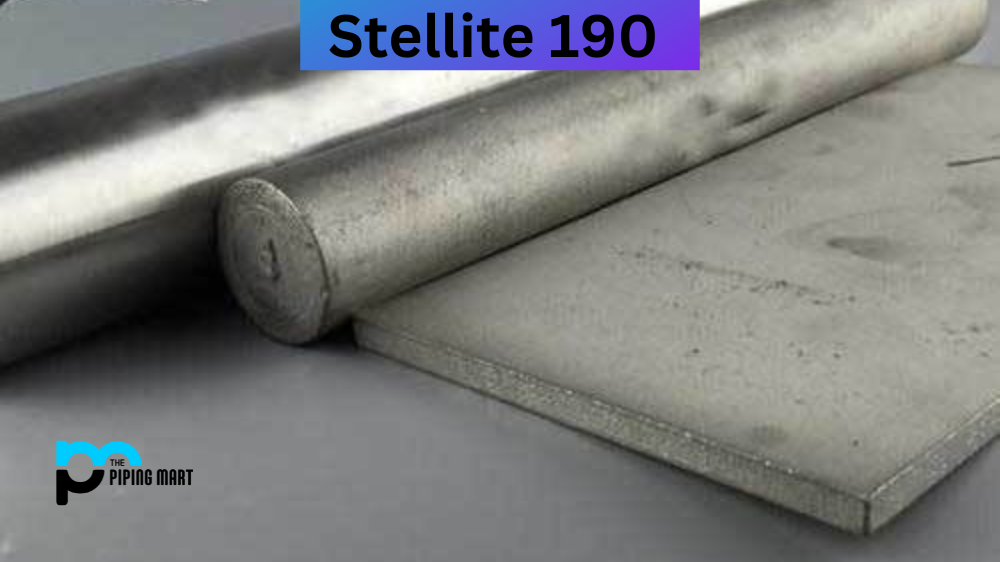UNS A91350 is an alloy that has become increasingly popular in recent years due to its excellent mechanical and physical properties. This high-strength aluminium alloy is known for its excellent corrosion resistance, heat resistance, and machinability. It is also used in various aerospace and automotive applications, making it an incredibly versatile material. So, let’s take a closer look at Aluminium 1350 and see why it’s become so popular.
What Forms is Aluminium 1350 Available at Piping Mart?
- Aluminium 1350 Bars
- Aluminium 1350 Bolts
- Aluminium 1350 Pipes
- Aluminium 1350 Screw
- Aluminium 1350 Tubing
- Aluminium 1350 Valves
- Aluminium 1350 Washers
- Aluminium 1350 Flanges
- Aluminium 1350 Fasteners
- Aluminium 1350 Electrodes
- Stud Aluminium 1350 Bolts
1350 Aluminium Composition
UNS A91350 is composed of 98% aluminum and 2% magnesium by weight. It also contains trace amounts of chromium, silicon, and manganese. These elements enhance the strength and durability of the alloy while still allowing it to maintain its lightweight characteristics.
| Element | Content (%) |
|---|---|
| Aluminium / Aluminum, Al | 99.50 (min) |
1350 Aluminium Alloy Chemical Properties
The chemical composition of 1350 Aluminium provides excellent corrosion resistance in many environments. This makes it perfect for applications where corrosion would be a major issue, such as in marine environments. The alloy also boasts an impressive resistance to oxidation which helps it resist damage from exposure to oxygen over time.
A91350 Aluminium Mechanical Properties
UNS A91350 has a tensile strength of 310 MPa (45 KSI), making it one of the strongest aluminum alloys available today. It also boasts an impressive fatigue strength, making it ideal for applications where parts must withstand high levels of stress over long periods without failing or becoming damaged.
| Properties | Metric | Imperial |
|---|---|---|
| Elastic modulus | 70-80 GPa | 10152-11603 ksi |
| Poisson’s ratio | 0.33 | 0.33 |
1350 AL Physical Properties
The physical properties of 1350 Aluminium Alloy make it an ideal choice for many applications due to its light weight yet strong nature. It has a density of 2.7 g/cm3 (0.098 lbs/in3), which is lower than most other aluminum yet still retains its impressive strength characteristics. The alloy also has a melting point range between 500°C-600°C (932°F-1112°F).
| Compound Formula | Al |
|---|---|
| Appearance | Metallic powder or solid in various forms |
| Melting Point | N/A |
| Boiling Point | N/A |
| Density | 2.6-2.8 g/cm3 (25 °C) |
| Solubility in H2O | N/A |
| Electrical Resistivity | 28 10-9W·m |
| Poisson’s Ratio | 0.33 |
| Tensile Strength | 97 Mpa |
| Thermal Conductivity | 230 W/m·K |
1350 Aluminium Equivalent
| ASTM B230 | ASTM B231 | ASTM B232 | ASTM B233 | ASTM B236 |
| ASTM B314 | ASTM B323 | ASTM B324 | ASTM B400 | ASTM B401 |
| ASTM B524 | ASTM B549 | ASTM B609 | SAE J454 (EC-O) |
Aluminium 1350 Specifications
BS 1E
Al 99.5
AWCO-EP
Duricilium-T (Elect.)
Hiduminium-1BE
Star-99.5E
BS 2897
BS 2898
1350 Aluminium Uses
AL UNS A91350 is commonly used in the aerospace industry due to its light weight yet strong nature, which allows aircraft components to be produced with greater efficiency than with traditional materials such as steel or titanium alloys. The alloy is also frequently used in automotive manufacturing due to its corrosion and heat resistance and its machinability, making production quicker and more cost-effective than with other materials such as brass or bronze alloys.
Transportation
Aluminium 1350 is often used in transportation due to its light weight and durability. Aluminium is used to make cars, trains, planes, and boats. It is also used in the construction of bicycle frames and other parts.
Packaging
Aluminium is frequently used in packaging due to its ability to protect food and other products from spoilage. Aluminum foil is commonly used to wrap food, and aluminium cans store various products, including food, beverages, and chemicals.
Construction
Aluminium is also used extensively in the construction industry. It is often used in the construction of buildings and bridges due to its strength and durability. Aluminium is also used in the construction of pipes and wiring.
Electrical Applications
Aluminium is an excellent conductor of electricity and is often used in electrical applications. It is commonly used in electrical wiring and in the production of electrical components such as capacitors and transformers.
Household Items
In addition to its industrial uses, aluminium is also found in a number of household items. It is commonly used in cookware, utensils, and appliances due to its heat conductivity properties. Aluminium foil is also frequently used in the kitchen for wrapping food or lining baking pans.
Sporting Goods
Aluminium is frequently used in sporting goods due to its light weight and durability. It is commonly used to manufacture baseball bats, golf clubs, bicycles, skis, and other sports equipment.
Weapons
Aluminium is sometimes used in weapons due to its light weight and strength properties. It has been used in the manufacture of knives, swords, bullets, and other weapons
Corrosion Resistance
1350 Aluminium is an alloy that stands out from other aluminum alloys due to its superior level of corrosion resistance. Its strong immunity to corrosive compounds makes it highly applicable in sea water and harsh environments where other metals would not survive for long. Indeed, its protective layer of the oxidized surface plays a crucial role in combatting environmental factors that could corrode or weaken the aluminum’s body. Because of its impressive durability, Aluminium 1350 Alloy often finds uses in areas such as food processing, chemical transport, and more. Thus, it is clear why this alloy is popular with industrial operations worldwide.
Heat Resistance
Aluminium A91350 has considerable heat resistance qualities, making it an ideal choice of material for numerous applications. It can withstand temperatures as high as 350C when in continuous use and 400C when exposed to intermittent heat. As well as having this remarkable capacity to bear the searing heat, Aluminium1350 is also incredibly light and strong, providing flexibility and durability. In addition, Aluminium 1350’s malleability allows it to be manipulated into any required shapes. This makes Aluminium1350 the perfect match for components that require strength alongside a specified shape or design.
Heat Treatment
Aluminium 1350 is a popular alloy used in various applications, but achieving the desired properties requires careful heat treatment. Heat treating aluminium 1350 involves controlling both the temperature and time. A number of processes can be used, including annealing, strain hardening, and solution heat treating. Each method will give the implementer a different set of mechanical performance characteristics depending on the ultimate goal of their project. Annealing, for example, is used to soften the material, allowing it to bend and deform more easily when needed. Strain hardening may be required when more strength or hardness is desired. The proper heat treating of this important alloy can make all the difference in achieving the desired performance targets.
Machining
Aluminium 1350 is an incredibly versatile material and experiments in machining it has yielded fascinating results. Machined from Aluminium 1350, products feature a high strength-to-weight ratio desirable for many industries, including aerospace engineering and military applications. These characteristics are further enhanced by the naturally low sulfide inclusion and tensile strength of Aluminium 1350. Advanced machining techniques also increase resistance to fatigue strength and corrosive environments in applications that demand time sensitivity, such as foundry tools. As engineers continue to explore the possibilities of machining this alloy, advances in technology and manufacturing promise to continue unlocking its potential in a wide range of applications.
Welding
A91350 welding is an invaluable process used in the manufacturing and engineering industries. This type of welding involves using a semi-automatic gas metal arc welding device that helps to join two or more pieces of aluminum together quickly, effectively, and safely. This technique is especially useful when working with aluminum 1350 because it is light weight, so it can be easily moved and manipulated into different shapes when welded. Additionally, it offers strong joints that are capable of withstanding wear and tear in harsh environments, making this process highly versatile and reliable. All in all, aluminum 1350 welding has become a vital part of modern day fabrication work due to its speed and strength.
Conclusion
All in all, Alumnium1350 is one of the most versatile materials available on the market today due to its impressive mechanical properties combined with superior physical properties such as heat resistance, corrosion resistance, and machinability. Its light weight yet strong nature makes it perfect for use in industries such as aerospace and automotive, where components must withstand extreme conditions while remaining lightweight enough not to cause unnecessary drag or strain on engines or other machinery components. With this information at your disposal, you should have no trouble selecting aluminium 1350 for your application!

Pipingmart is a B2B portal that specializes in metal, industrial and piping items. Additionally, we share the latest information and information about materials, products and various types of grades to assist businesses that are involved in this business.




